Fiat Chrysler to Bring Heavy Duty Pickup Production Back to U.S., Shower Workers With Cash

There’s good news this morning for Fiat Chrysler worker in the United States, and it’s also good news for members of the Trump administration.
The automaker has announced plans to sink another $1 billion into its Warren Truck Assembly plant and bring production of its Ram Heavy Duty models to Michigan from Saltillo, Mexico. At the same time, some 60,000 hourly and salaried workers in the U.S. can expect a $2,000 bonus (paid in the second quarter of 2018) in recognition of “their continued efforts towards the success of the company.” The move also means 2,500 previously unannounced jobs for Michigan.
What’s behind all of this sudden goodwill? Recent changes to the country’s tax landscape, FCA claims.
“It is only proper that our employees share in the savings generated by tax reform and that we openly acknowledge the resulting improvement in the U.S. business environment by investing in our industrial footprint accordingly,” said CEO Sergio Marchionne in a statement.
So, how does this production shuffle play out, and what’s the backstory here?
In late 2016, FCA delayed a planned revamp of its HD truck models, leaving Saltillo in charge of building older models while the automaker retooled its Sterling Heights plant (at a cost of $1.5 billion) for the next-generation Ram 1500. The old 1500, produced at Warren and Saltillo, will soldier on in dwindling numbers for a couple of years. HD and chassis cab models have hailed from Mexico since the late 2000s.
The HD switcheroo comes in 2020, with the delayed next-gen model setting up shop in Warren. Slated for production alongside the trucks is a reborn Jeep Wagoneer and Grand Wagoneer. The retooling needed for those SUVs, announced a year ago, carries a $1 billion price tag (part of which covers costs for the Jeep Scrambler pickup, bound for Toledo). Meanwhile, Saltillo will be “repurposed to produce future commercial vehicles for global distribution.”
There’s no word on what form those vehicles will take.
Worker bonuses and tax changes aside, a glance at the company’s timeline of decisions suggests HD production was bound for the U.S., anyway. It fits with a trend among Detroit Three automakers — increasingly, we’ve seen high-margin vehicle production come stateside while lower-profit models are offloaded to other jurisdictions.
The announcement of the Ram HD’s redesign delay came in early December 2016, shortly after the election of a president determined to scrap or rewrite the North American Free Trade Agreement. The possibility of import tariffs remains a real concern. In its January 2017 funding announcement, FCA said Warren Truck would “have the flexibility to also produce the Ram heavy duty truck.”
It certainly appears as if FCA’s seeking to insulate itself from any surprises. Regardless, the move of HD trucks to Warren — still subject to negotiation and final approval of state and local incentives — is undoubtedly good news for American workers.
[Image: Fiat Chrysler Automobiles]

More by Steph Willems
Latest Car Reviews
Read moreLatest Product Reviews
Read moreRecent Comments
- EBFlex Interesting. We are told there is insatiable demand for EVs yet here is another major manufacturer pivoting away from EV manufacturing and going to hybrid. Did these manufacturers finally realize that the government lied to them and that consumers really don’t want EVs?
- Kwik_Shift_Pro4X What's worse than a Malibu?
- MaintenanceCosts The current Malibu is poorly packaged; there's far more room inside a Camry or Accord, even though the exterior footprint is similar. It doesn't have any standout attributes to balance out the poor packaging. I won't miss it. But it is regrettable that none of our US-based carmakers will be selling an ordinary sedan in their home market.
- Jkross22 You can tell these companies are phoning these big sedans in. Tech isn't luxury. Hard to figure out isn't luxury.This looks terrible, there are a lot of screens, there's a lot to get used to and it's not that powerful. BMW gave up on this car along time ago. The nesting doll approach used to work when all of their cars were phenomenal. It doesn't work when there's nothing to aspire to with this brand, which is where they are today. Just had seen an A8 - prior generation before the current. What a sharp looking car. I didn't like how they drove, but they were beautifully designed. The current LS is a dog. The new A8 is ok, but the interior is a disaster, the Mercedes is peak gaudy and arguably Genesis gets closest to what these all should be, although it's no looker either.
- Ajla My only experience with this final version of the Malibu was a lady in her 70s literally crying to me about having one as a loaner while her Equinox got its engine replaced under warranty. The problem was that she could not comfortably get in and out of it.



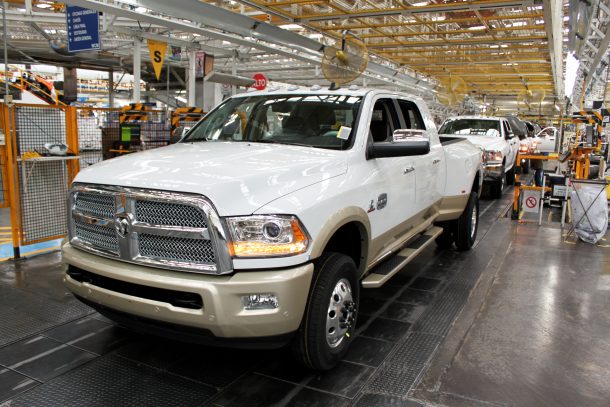
















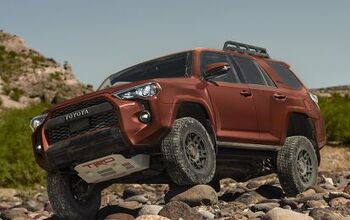
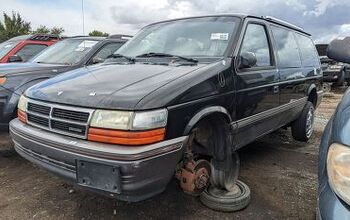
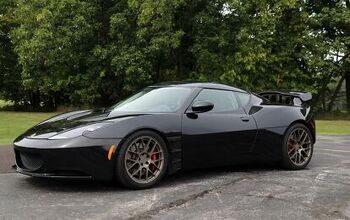

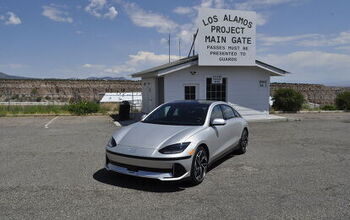

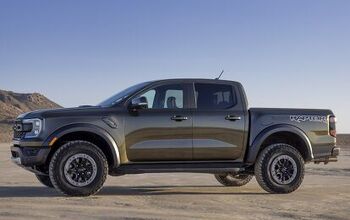

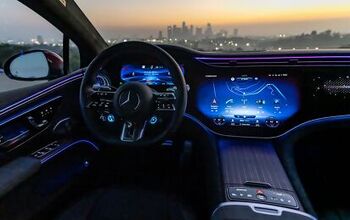
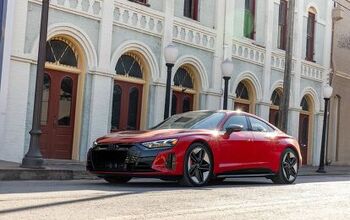


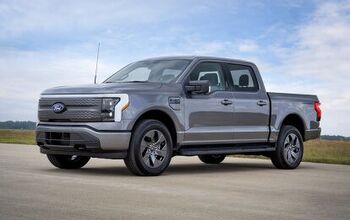

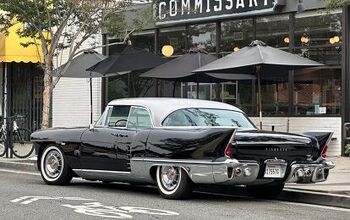
Comments
Join the conversation
This is good news. Correct me if I'm wrong but I do recall FCA discussing the possibility of moving some Ram production back to the US. Also, what deals have been cut behind the scenes with the State/county/city? If all is good in the US now and pickup manufacture is very competitive, start winding back the Chicken Tax. MAGA is all about "fair" competition, isn't it?
This is good news. Correct me if I'm wrong but I do recall FCA discussing the possibility of moving some Ram production back to the US. Also, what deals have been cut behind the scenes with the State/county/city? If all is good in the US now and pickup manufacture is very competitive, start winding back the Chicken Tax. MAGA is all about "fair" competition, isn't it?